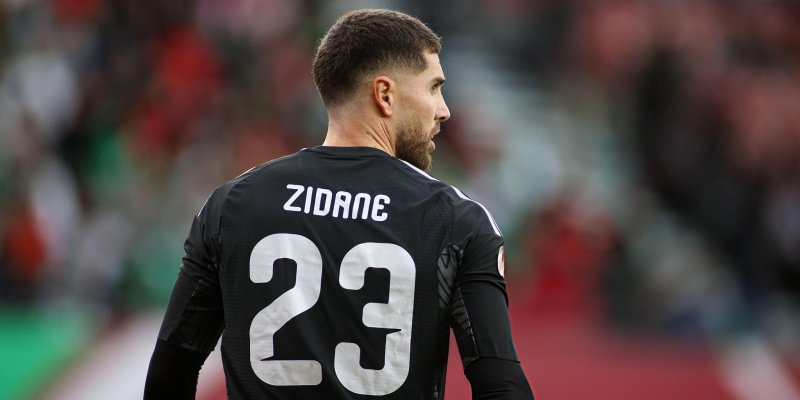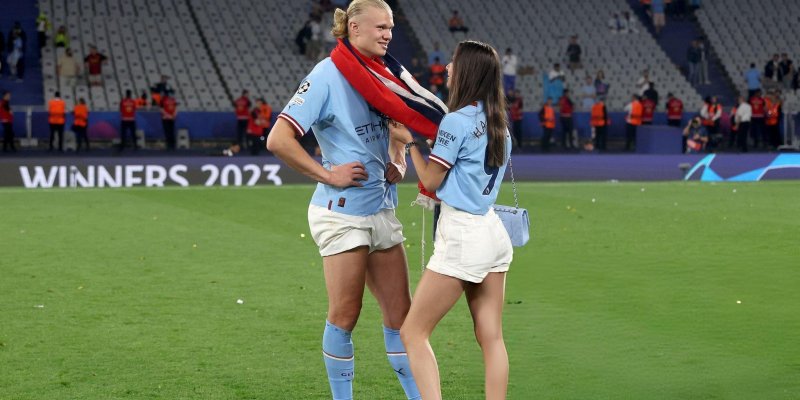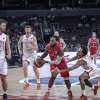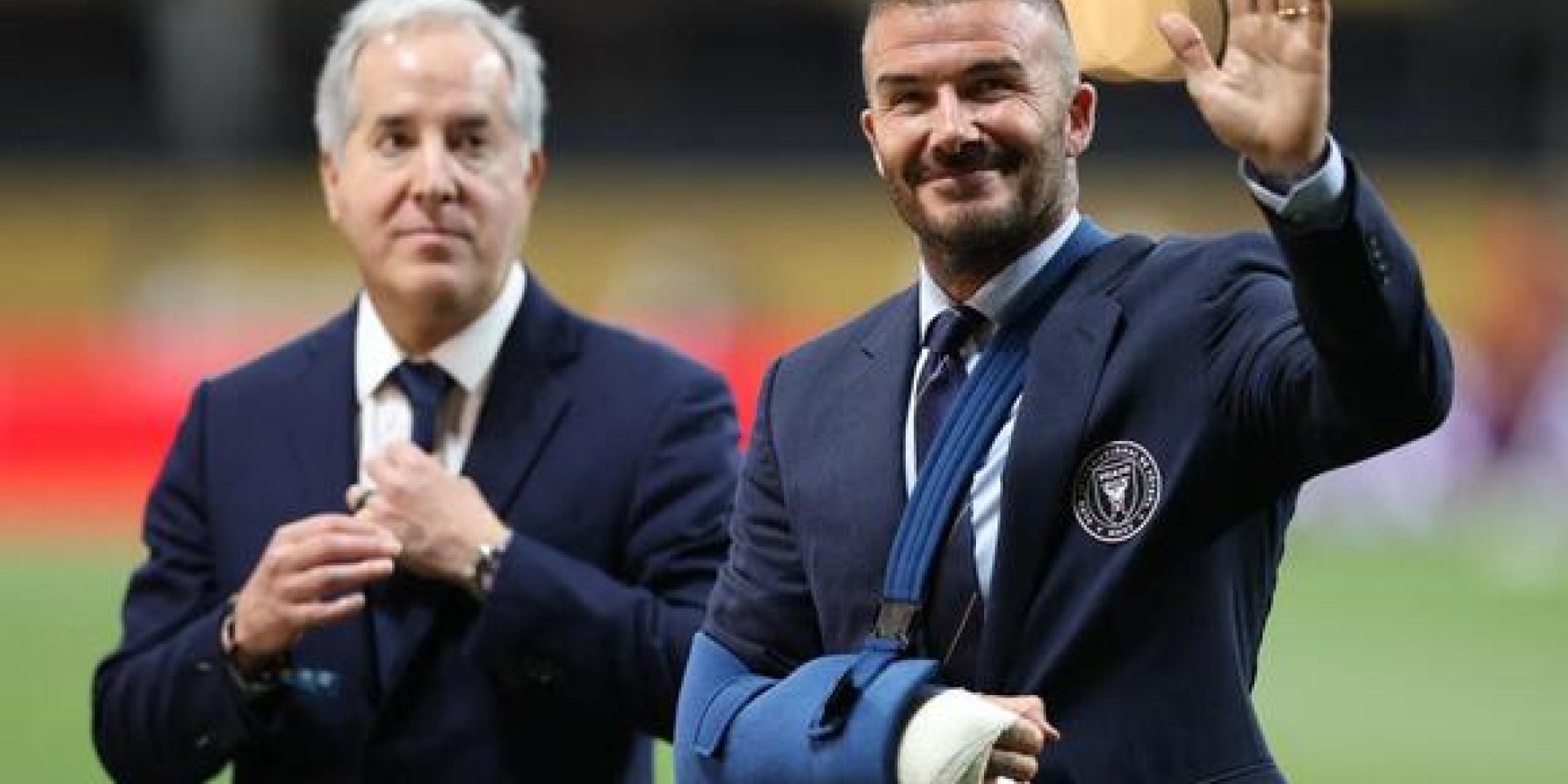
An Unplanned Comeback: The Return of an Old Injury
Nearly a quarter of a century ago, in May 2003, David Beckham suffered a broken wrist in England’s friendly against South Africa. At the time, medical intervention allowed the “Three Lions” captain to return to the pitch quickly: a resorbable screw was inserted into the bone to securely stabilize the damaged joint.
When the Screw "Forgot" to Dissolve
As the years passed, the former Manchester United, Real Madrid and England midfielder began to feel increasing discomfort: sharp pain limited his range of motion and interfered with everyday tasks and training routines. A recent MRI scan showed that the titanium fastener was still inside, contrary to the surgeons’ forecasts of the 2000s.
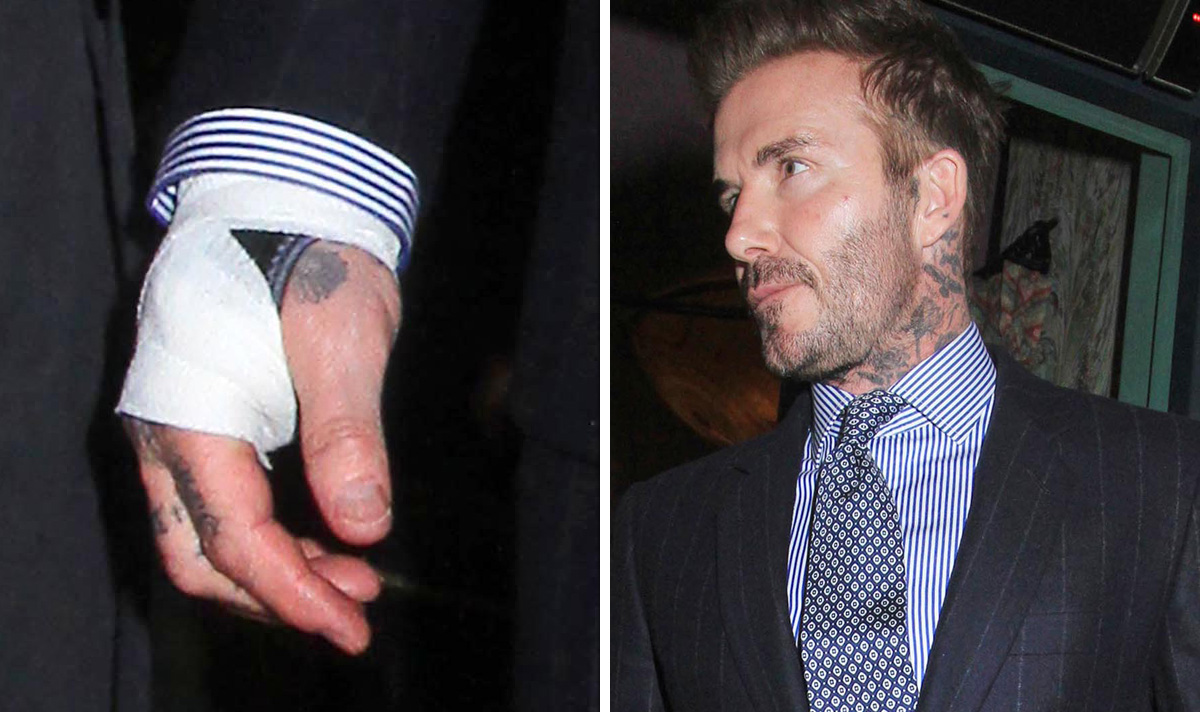
A Decision for the Scalpel
Conservative therapy no longer provided relief, and doctors advised the former Red Devils star to undergo surgery. The operation was uneventful: the screw was carefully removed, and the capsular–ligament apparatus was inspected and reinforced, minimizing the risk of recurrence.
Support From the Front Row
Victoria Beckham immediately shared a photo of her husband on her Stories: David is smiling while lying in a hospital bed, his right arm immobilized in an orthosis. The caption “Get well soon, daddy” sparked a wave of supportive messages from fans of the former national-team skipper.
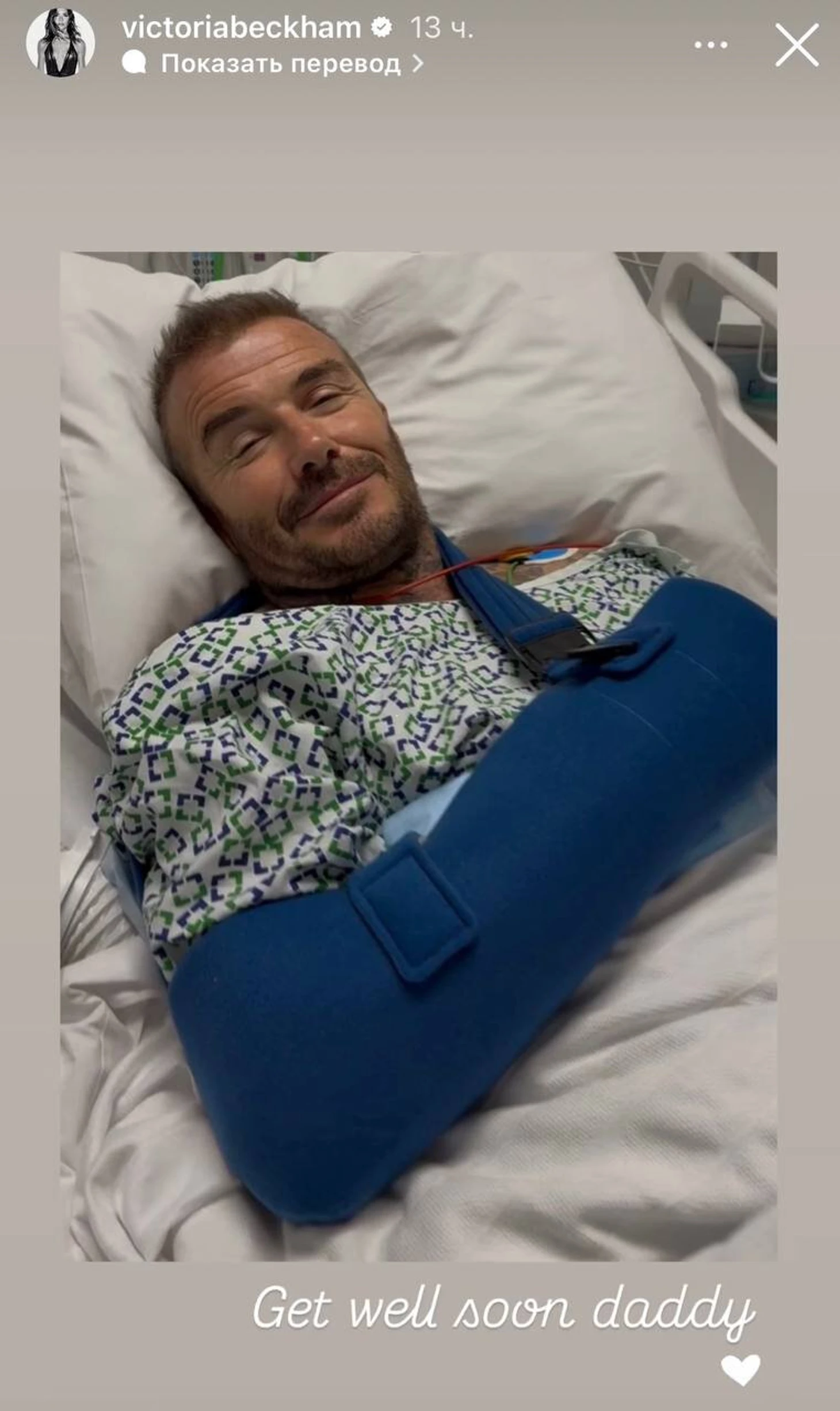
Looking Ahead: Rehabilitation and Daily Activity
According to traumatologists, light immobilization will last no more than four weeks, after which a program of kinesitherapy and exercises aimed at restoring wrist mobility will begin. Doctors say the former midfielder should regain full day-to-day activity within the next few months, and he no longer needs heavy match loads anyway.
Echoes of a Football Past
Beckham’s story reminds us that even the most routine injuries can unexpectedly “flare up” years later. For veterans of top-level sport, regular medical check-ups and monitoring of the lingering marks left by their careers are as important as injury prevention is for active professionals.
Today, though David has left the pitch, he remains a symbol of professionalism: his journey is another goal scored against pain and limitations, and a vivid example of how former national-team leaders continue to fight for quality of life beyond the stadium.

